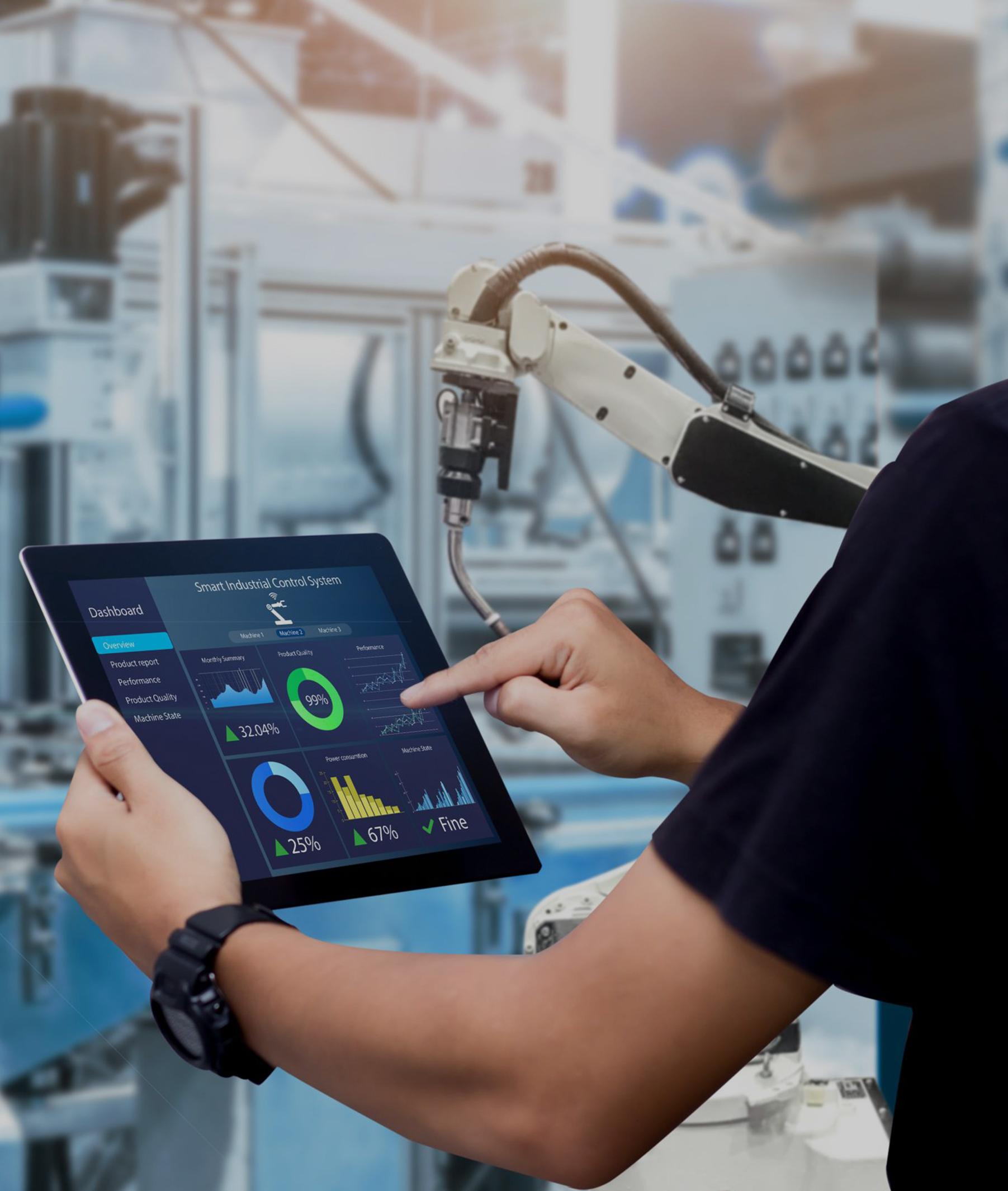
 |
Same Day Shipping for Stock Items |
|
DHL / Fedex / UPS / Aramex |
|
|
Professional one-on-one service |
|
100% brand new and original |
|
The Honeywell CC-TAON01 Analog Output (AO) Module provides high-level constant current outputs to actuators and recording/indicating devices |
|||
Picture/Video
Get Products pictures or Video for Inspection|
Brand Name: |
HOENYWELL |
Package: |
Original Package |
|
Model Number: |
CC-TAON01 |
Lead time: |
In Stock |
|
Alternate Part Number |
51306519-175 |
Shipping term: |
UPS DHL TNT EMS Fedex |
|
Condition: |
100% Original |
Payment: |
T/T (Bank Transfer) |
|
Quality: |
Brand New |
Service: |
One-Stop Service |
|
Dimensions |
12.7 cm x 5.1 cm x 20.3 cm |
Weight |
0.7kg |
|
Description |
Analog Output 16pt w/o HART |
Warranty: |
12 Months |
|
|
|
|
|
The Honeywell CC-TAON01 Analog Output (AO) Module provides high-level constant current outputs to actuators and recording/indicating devices. It is designed to offer precise and reliable analog output for process control applications.
Features:
Extensive Self-Diagnostics: Monitors the module's health and provides diagnostic information.
Optional Redundancy: Allows for the addition of redundant modules to ensure continuous operation.
Configurable FAILOPT: Each channel can be configured to either hold the last value or shed to a safe value in case of failure.
Output Read-back and Alarm: Ensures that any discrepancies in output values are detected and reported.
Open-Wire Detection: Alerts to open field wires, preventing potential issues with signal transmission.
Applications:
Parameter
Specification
Model
CC-PAON01
IOTA Models
CC-TAON01 (Non-Redundant, 6”), CC-TAON11 (Redundant, 12”)
Output Type
4-20 mA
Output Channels
16 channels
Output Ripple
< 100 mV peak-to-peak at power line frequency, across 250 Ω load
Output Temperature Drift
0.005% of Full Scale/°C
Output Readback Accuracy
±4% of Full Scale
Output Current Linearity
±0.05% of Full Scale nominal
Resolution
±0.05% of Full Scale
Calibrated Accuracy
±0.35% of Full Scale (25°C) including linearity
Directly Settable Output Current Range
0 mA, 2.9 mA to 21.1 mA
Maximum Resistive Load
800 ohms (with 24 V supply = 22 VDC through 28 VDC)
Maximum Output Compliant Voltage
16 V (with 24 V supply = 22 VDC through 28 VDC)
Maximum Open Circuit Voltage
22 V
Response Time
Settles to within 1% of final value within 80 ms
Process Control: Suitable for applications requiring reliable analog outputs for controlling actuators or recording devices.
Automation Systems: Integrates into process automation systems where precise current output is essential.
Industrial Monitoring: Used in environments where constant monitoring and control of analog signals are necessary.
Configuration and Integration:
Mounting and Installation: Designed to fit into standard control racks or panels.
Power Supply: Operates with a standard power supply typically used in industrial control systems.
Compatibility: Integrates seamlessly with other Honeywell control systems and compatible equipment.
NOTE:
1. The products quoted are brand new and original with a one-year warranty
2. Prices are ex works, for shipping calculations, Please send to my Email
3. Cooperation with the express delivery of DHL / Fedex / UPS / Aramex, etc,Delivery time is approximately '' 5 days '' from our warehouse to the destination country
4. Quotation validity: 30 days, if you need to extend, please reconfirm the price after 30 days.
5. Payment Term: 100% advance payment by bank transfer.
6. For the products '' in stock '' in the offer, our company can support video inspection
|
3BDH000311R0101 PL810 Power Link Module |
YXU169B Control Board |
|
89NG03 GJR4503500R0001 Power Supply |
OS30AJ12 General Purpose Switch |
|
1KHL178025R0102P COM02 Communication Card |
3BHT300065R0001 PS-25 Control Unit |
|
TB840 3BSE021456R1 Modulebus Cluster Modem |
CP502 1SBP260190R1001-A Industrial Control Panel |
|
6637830G1 Bus Monitor Module |
1MRK002247-AHR05 Drive Control Board |
|
NTDO02 Digtal Power Output Termination Unit |
NINT44 NINT 44 Circuit Board |
|
CMA127 3DDE300407 Synpol D Control Card |
3BHB005243R0105 KUC755 AE105 Gate Unit Power Supply |
|
DCO01 P37511-4-0369666 DCO01 Serial Interface Module |
3BHE012049R0101 UFD128A101 Optical Module |
|
PM554-RP-AC 1SAP120800R0001 Logic Controller |
1MRK000508-CDR03 1MRK000007-7 PCB CARD |
|
RF615 3BHT100010R1 Controller Module |
ZT372 A-E GJR2237800R1 procontrol module |
|
6SR4902-0AG00-0AM1 A5E37684782 POWER CELL G4E |
AI620 3BHT300005R1 Analog Input 16Ch Module |
|
8241020 Analyzer Spare Parts Kit |
CM30/100S0E0/STD ControlMaster CM30 Controller |
|
SAFT110POW SAFT 110 POW POWER SUPPLY BOARD |
CM588-CN-XC 1SAP372800R0001 Communication module |
|
SNAT607MCI SNAT 607 MCI MAIN CIRCUIT INTERFACE BOARD |
DSTF620 HESN119033P1 Process Connector |
|
DSQC637 3HAC023047-001 Profibus DP Adapter |
DSAX452 Basic Unit - Analog I/O |
|
SPA-ZC 400 Ethernet & IEC 61850 adapter |
07MK92 GJR5253300R3161 Communication Processor |
|
YPO105E YT204001-FR Digital Output Module |
SR511 3BSE000863R1 Redundant 5V Regulator |
|
FCNA-01 ControlNet adapter |
AI895 3BSC690086R1 Termination Unit |
Our hours